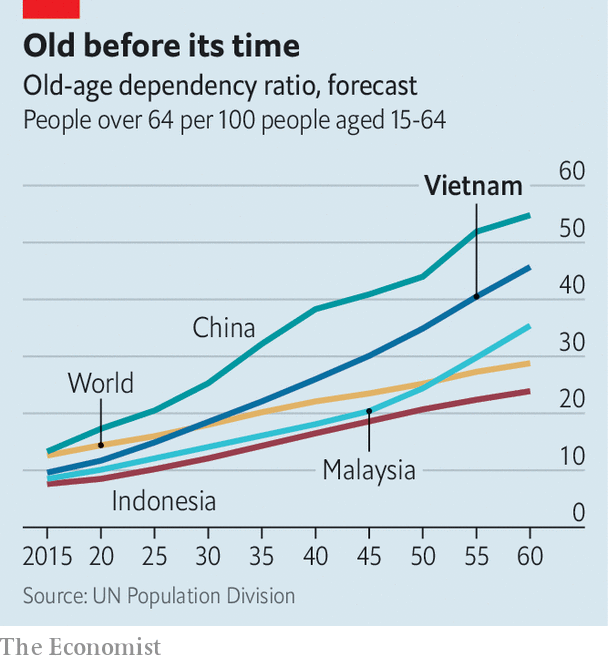
Chinese growth, and its influence on the world
China is the world’s second-largest economy behind the United States. Its gross domestic product (GDP) has seen double-digit growth over the last three and a half decades (although it has begun to slow down). China’s economy has a profound impact on the global economy and markets. Understanding and keeping tabs on its economy is not as straightforward as it is with other economic heavyweights.
Some Background
Since the late 1970s China has transitioned from Communism to a centrally controlled capitalist market. Its economic transformation began in 1978 when capitalist market reforms were introduced. In the decades that have followed China has transitioned from a rural agricultural economy to a manufacturing or industrial and consumer or service-oriented economy. It’s the largest agricultural and manufacturing economy in the world.
China continues to rebalance its economy. The focus now is more on domestic consumption versus industry and exports.
As the world’s most populous country, with 1.4 billion people, its consumer purchasing power is widely watched. The initial public offering earlier this year of Hangzhou-based e-commerce company Alibaba Group (BABA) the largest in history. It raised $25 billion on the New York Stock Exchange. Alibaba’s version of Cyber Monday or Black Friday, called Singles’ Day, resulted in $9 billion in sales in November 2014.
Economic Indicators
While there are a variety of economic indicators for China its rapidly changing economy is not easy to understand and assess, often lacks transparency and leaves economists, analysts, bankers and investors alike scratching their heads. Legendary fixed-income fund manager Bill Gross once called China “the mystery meat of emerging-market countries,” in an interview with Bloomberg Television.
Below are some of the most common economic indicators followed by those who track the Chinese economy:
National Bureau of Statistics
The accuracy of economic indicators provided by government run the National Bureau of Statistics (NBS) is often questioned and the subject of controversy. Indeed, Li Keqiang, Premier of the State Council of the People’s Republic of China and an economist has said that the data is unreliable, according to documents made public by WikiLeaks in 2010. Regardless, they are still widely watched and reported.
The NBS measures China’s GDP via three broad sectors. They are primary industry (agriculture), secondary industry (construction and manufacturing) and tertiary industry (the service sector). There are a variety of sub sectors that fall under each broad sector.
Primary industry accounted for 10% of GDP, while secondary industry accounted for 44%, and tertiary industry 46% in 2013.
OECD
The influential Paris-based Organization for Economic Cooperation and Development (OECD) provides Composite Leading Indicators (CLIs) for economies around the world including China (for more, click here). The aim of the OECD’s CLIs, which are published monthly, is to provide early signs of growth or a slowdown in economic activity. The OECD uses a wide variety of data indicate changes in China’s economy. Widely watched it is considered a more dependable economic indicator for China than NBS data.
Conference Board
Also widely followed are not-for-profit research organization the Conference Board’s economic indicators. Since 2010 it has published The Conference Board Leading Economic Index (LEI) for China, which signals turning points in China’s economic cycles. The index aggregates six economic indicators, ranging from manufacturing to credit, that measure economic activity in China. It gets its data from the National Bureau of Statistics and the People’s Bank of China.
HSBC Manufacturing Index
The HSBC Manufacturing Purchasing Managers Index (PMI) is another widely watched gauge of China’s economy. Published monthly it is considered an early indicator of the economic health of China’s manufacturing sector. Remember, China is the largest manufacturing economy in the world. Any reading for the index above 50 means expansion from the previous month, while a reading below 50 indicates contraction.
Global Impact
Despite being an emerging market, China is the world’s second largest economy and has tremendous influence on the global economy and financial markets. In the last decade it has contributed more than 30% to global economic growth, according to reports.
After experiencing double-digit growth for decades China’s economy is beginning to slow. Its GDP grew 7.3% in the third quarter of this year, the slowest since the global financial crisis. The Conference Board estimates that after 2020 economic growth will slow to 4% annually. The slowdown is seen as a maturing of China’s economy.
China’s emerging middle class, urbanization and a real estate boom, which is now waning, has fueled its economic growth. A slowdown affects different parts of the world in different ways. The economies of countries that export commodities to China are feeling the impact. Australia’s economy for example, relies heavily on exports to China.
Emerging markets that also export commodities to China include Brazil, Chile and Indonesia. The economies of emerging markets countries that benefited from China’s economic growth have also seen the value of their currencies take a hit in relation to the dollar.
As demand wanes commodities prices drop which is good news for other countries that import them, such as the United States, but bad news for the commodities financial markets.
Global companies that have strong links to China’s economic boom have also seen the value of their stocks drop. These include stocks in the industrial, mining and energy sectors.
